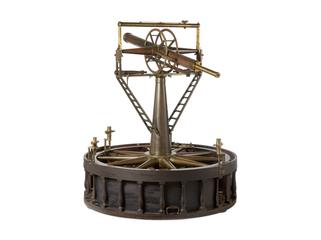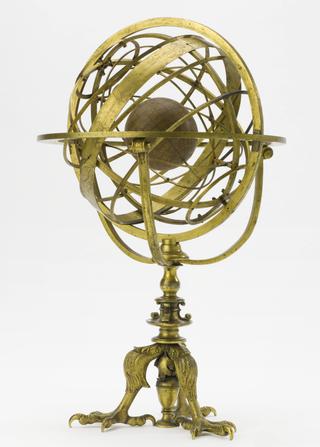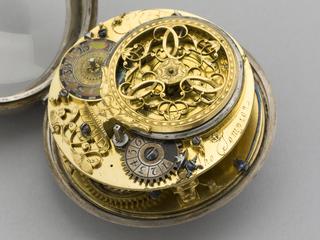



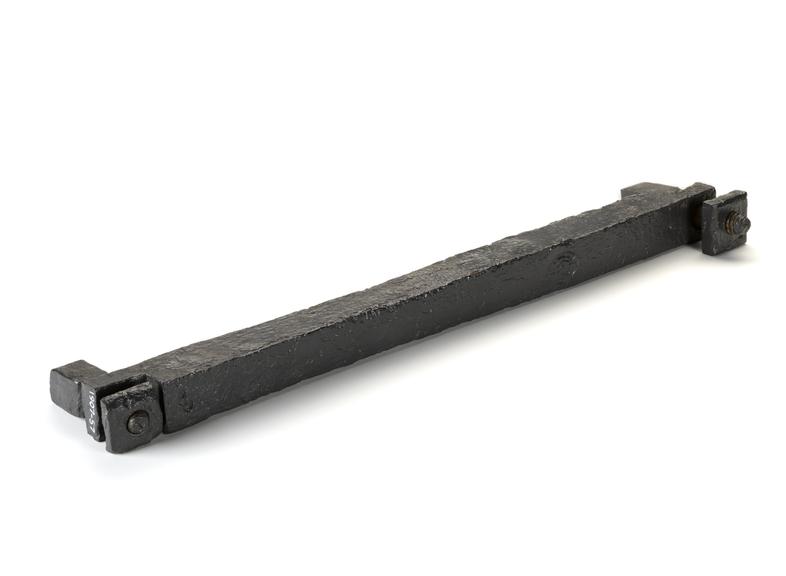
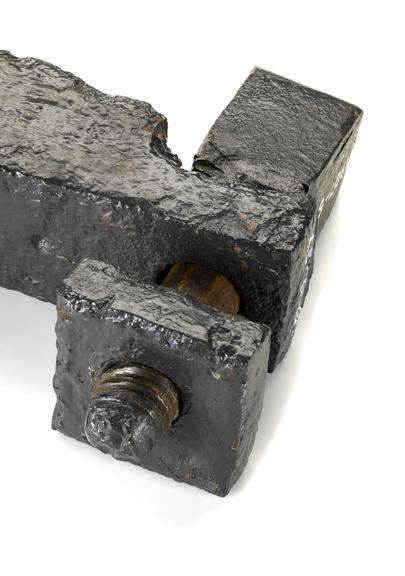
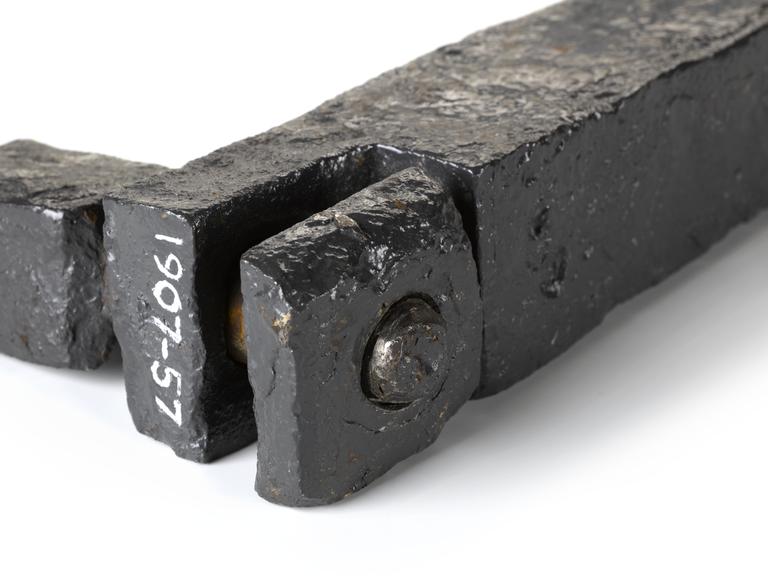
Iron bar which formed one section of the lightning conductor installed on St. Paul’s cathedral, London, in 1769, as recommended by a Royal Society committee. This bar remained in place until 1899.
A damaging lightning strike close to London’s St Paul’s cathedral in 1764 led to concern about how to protect the magnificent building designed by Sir Christopher Wren. An influential Royal Society committee, whose members were James Robertson, William Watson, Benjamin Wilson, Henry Cavendish, and Benjamin Franklin, devised a framework of iron bars to be installed on the structure, of which this bar is one section.
Unfortunately lightning did subsequently damage the cathedral in 1773, but the committee concluded that their specifications had been executed incorrectly.
Details
- Category:
- Geophysics
- Object Number:
- 1907-57
- Materials:
- iron
- Measurements:
-
overall: 50 mm x 660 mm x 135 mm, 10 kg
- type:
- lightning protection
- credit:
- Killingworth Hedges
